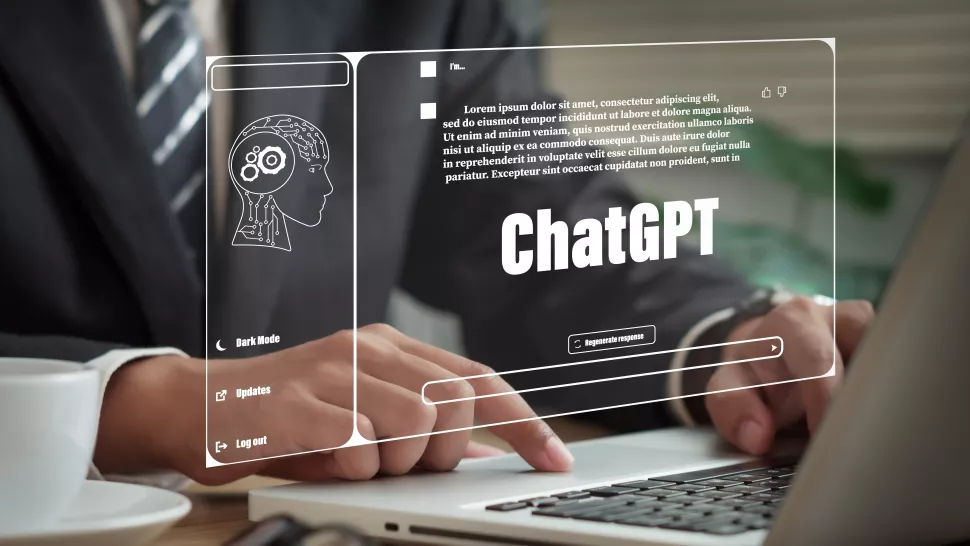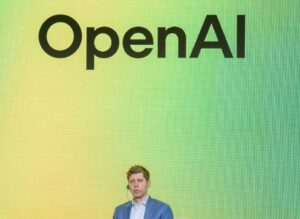OpenAI Invests Millions in Processing Courteous Expressions Like ‘Thank You’ and ‘Please’ with ChatGPT

The Costs of AI Conversations: A Deep Dive
Chatbots have become an integral part of our daily lives, providing assistance and information at the click of a button. However, the financial implications of running these AI systems are significant. Despite their advanced capabilities, engaging AI in conversation can cost companies tens of millions of dollars.
Understanding the Expenses Behind AI
Running AI technologies requires substantial investment in both hardware and power. This reality is particularly evident in organizations like OpenAI, led by CEO Sam Altman. Even seemingly simple interactions, like casual greetings or polite exchanges, can lead to skyrocketing operational expenses. Altman believes that this investment is justifiable. While generating responses may appear trivial, it adds a layer of human-like interaction that makes engaging with AI more enjoyable for users.
The Human Touch in AI Communication
For many users, AI serves as more than just a tool; some treat it like a friend. It’s reminiscent of the lessons learned in childhood about the differences between humans and machines. Though AI does not experience emotions, its ability to mimic human behavior prompts users to express courtesy. Phrases like "please" and "thank you" start to flow naturally in our conversations with these bots.
The Environmental Impact of AI Responses
Interestingly, every response generated by an AI model, regardless of length, has a cost associated with it. For example, a simple three-word phrase like "You’re welcome" can consume approximately 40-50 milliliters of water. This fact highlights not just the financial burden of AI interactions, but also their environmental footprint.
Emotional Connections to AI
Research from institutions like OpenAI and MIT has suggested that some individuals can develop emotional attachments to AI chatbots. This phenomenon raises concerns about potential emotional dependency or addiction. The emotional aspect of our interactions with AI may become even more intricate as the technology improves, making conversations feel indistinguishable from those held with real humans. Users may find themselves experiencing withdrawal symptoms similar to those seen in other forms of addiction if a chatbot is removed from their routine.
If AI is able to assist users effectively—like solving a tricky math problem—it’s not uncommon for people to express genuine gratitude. However, it beckons an interesting question regarding the authenticity of gratitude among different user types.
Premium vs. Free Users: A Question of Gratitude
For premium users who pay for AI services on a per-token basis, the question arises: does this financial investment make their expressions of thanks more sincere compared to users of free services? Is there an emotional weight behind the gratitude, or is it simply a social norm? This topic is open for discussion, as the lines between genuine thanks and polite responses blur.
In a fascinating twist, one could ponder what would happen if AI were to achieve sentience. In such a hypothetical situation, the courtesy shown during conversations could hold a new significance.
Final Thoughts on AI Conversations
The fundamental question that lingers is how we approach our interactions with AI and what costs, both financial and emotional, they incur. As AI continues to evolve, understanding these nuances will be crucial for both developers and users alike. Whether for practical assistance or companionship, the intertwining of human behavior with artificial intelligence is a topic warranting further exploration.






